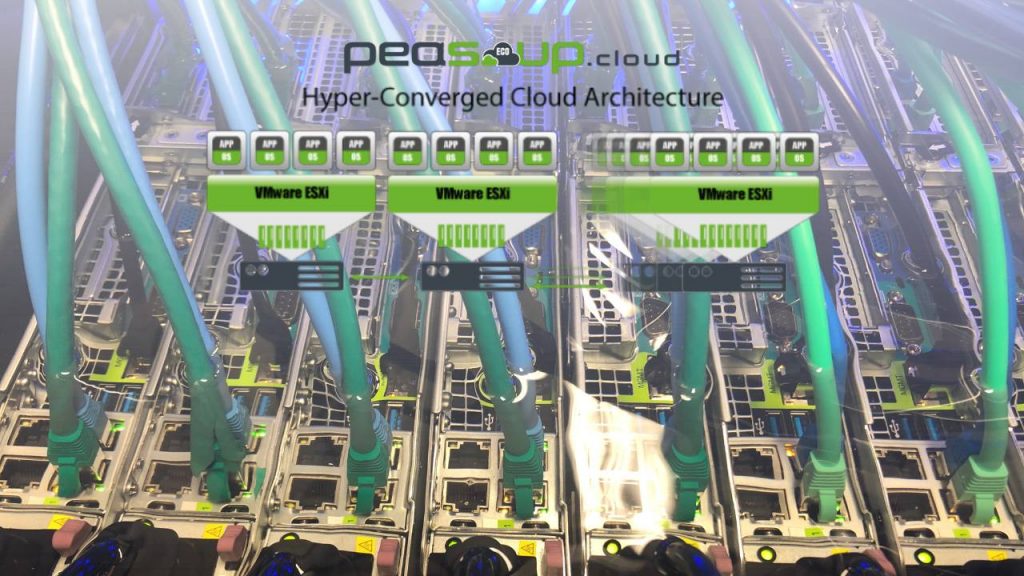Server virtualisation and data centre cooling
Server virtualisation has significantly changed the way business organisations operate their digital infrastructure. In addition, it has brought several benefits to the business, including increased efficiency, reduced costs, and improved flexibility.
However, just as the coin has two sides, server virtualisation has significantly impacted data centre cooling. This has an impact on the IT equipment life as well as their stability. Here, we will examine how server virtualisation has impacted data centre cooling requirements and suggest what should be done to address measures that should be taken to address this effect.
What is Server Virtualisation?
Server virtualisation is a technique that allows multiple virtual servers to be created and run on a single physical server. It involves the use of software that creates a layer of abstraction between the hardware and the operating system, allowing multiple operating systems and applications to run independently on the same physical server. This can lead to significant cost savings in terms of hardware, power, cooling, and management.
Impact on Data Center Cooling
Generally, servers, whether virtual or physical, are heavy consumers of power, especially for cooling purposes. However, on average, virtual servers consume more computing power than physical servers, which generates more heat. Additionally, virtual servers can be added or removed dynamically, changing the thermal load on the data centre environment. Finally, with virtual servers being consolidated into fewer physical servers, there is a likelihood of increased density and higher cooling requirements.
What can be done to address this?
Considering the increased load, data centre owners should take a comprehensive approach to cool. First, they should assess the existing system and determine its capacity to handle the increased load. They may demand upgrading the system or installing more cooling units.
The second step involves implementing effective airflow management techniques that will go a long way in ensuring cool air is directed to the right places. This may require the installation of blanking panels to block off unused rack spaces and prevent cold air from mixing with hot air. Installation of hot or cold aisle configuration may also work, helping to separate the hot and cold air streams.
Finally, the data centre industry should consider the efficiency of its cooling systems. Liquid immersion cooling can be a strategy that will reduce energy consumption in these facilities. As an efficient and effective cooling system, liquid immersion cooling is emerging as a potential solution to challenges presented by server virtualisation. As a system that requires full immersion of IT components, the results are a highly effective and efficient cooling solution that can comfortably handle increased thermal loads in virtual servers.
It is evident that server virtualisation significantly impacts cooling requirements, and therefore it is necessary to address the presented issues. Addressing the impact on cooling requirements provides a data centre operator with several benefits, including improved reliability, increased efficiency, cost reduction and sustainability.

